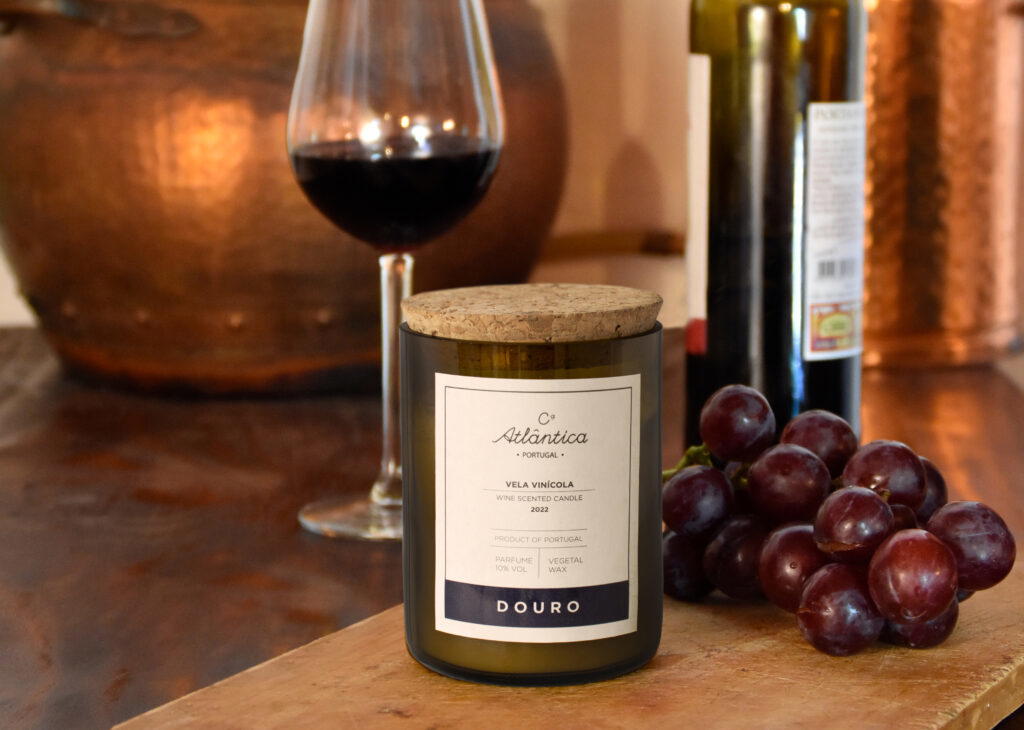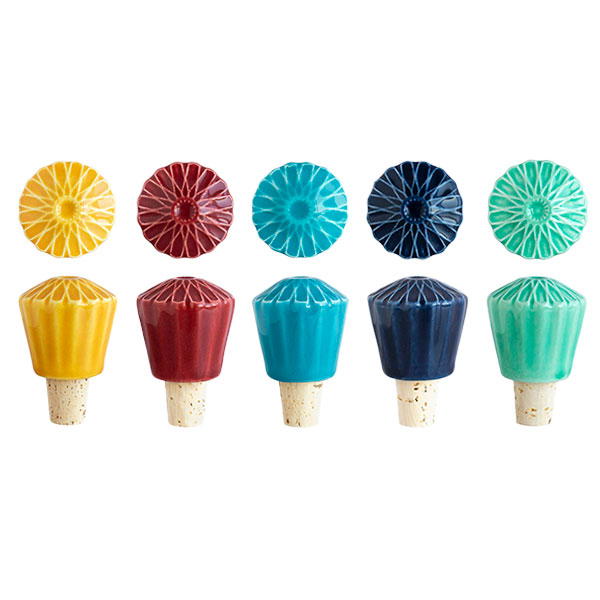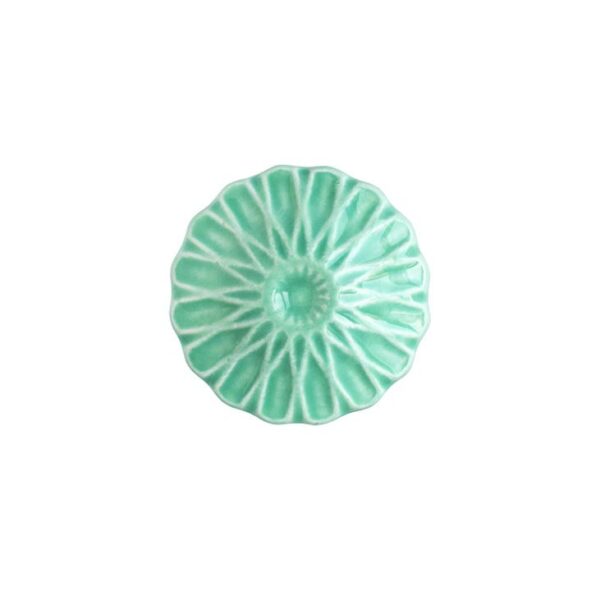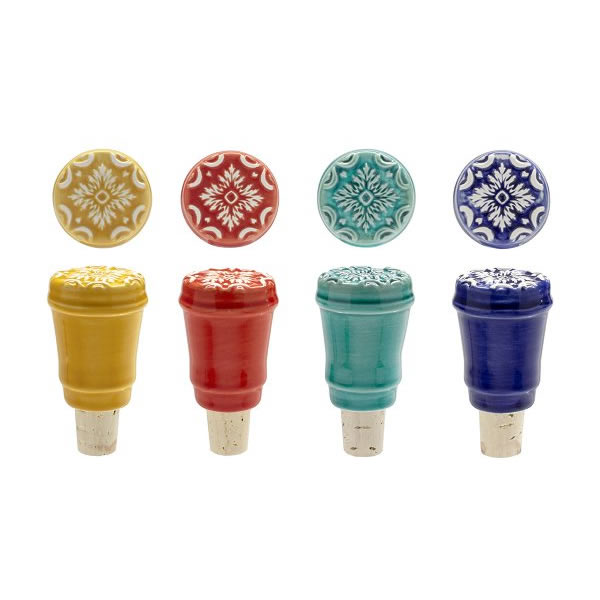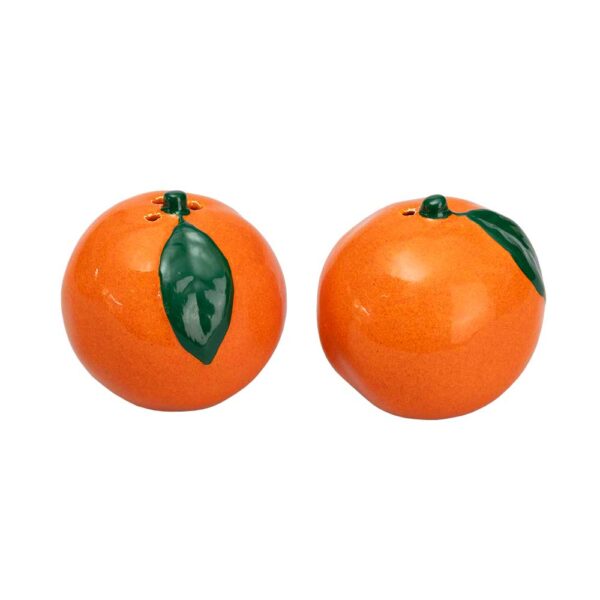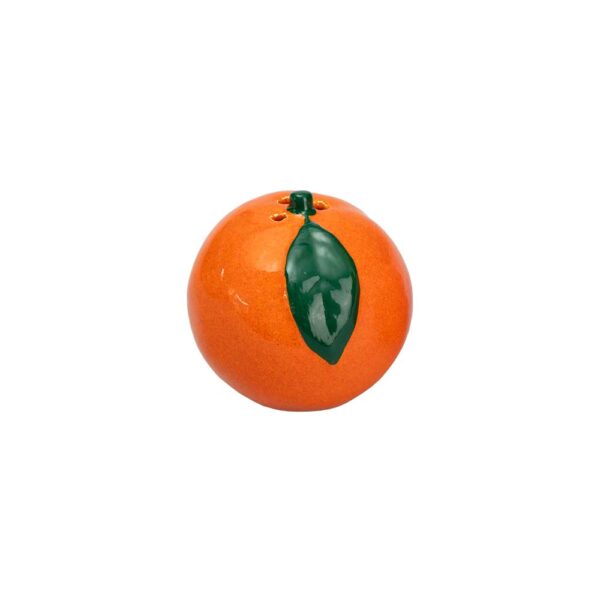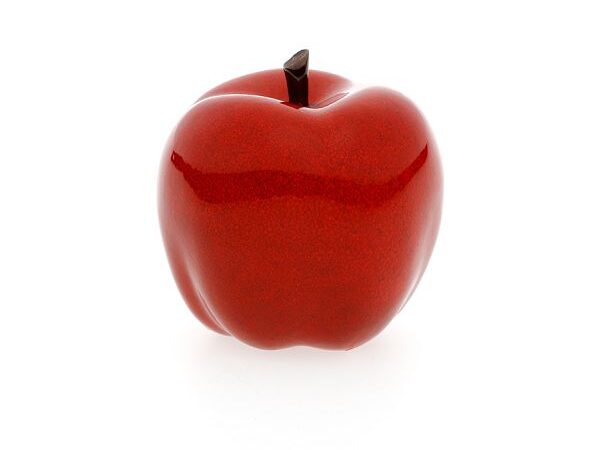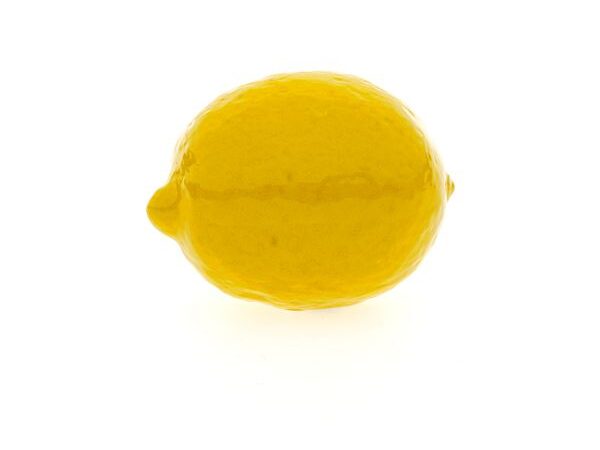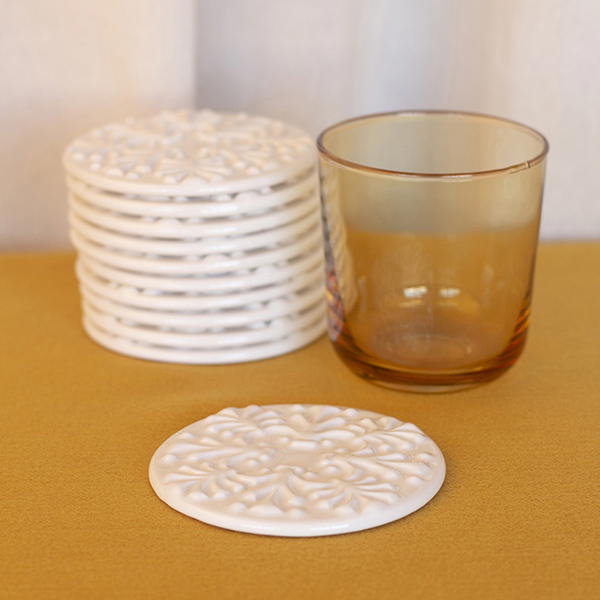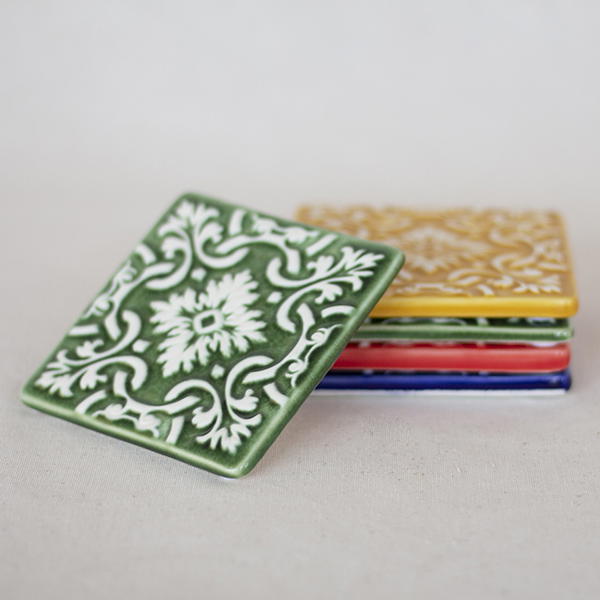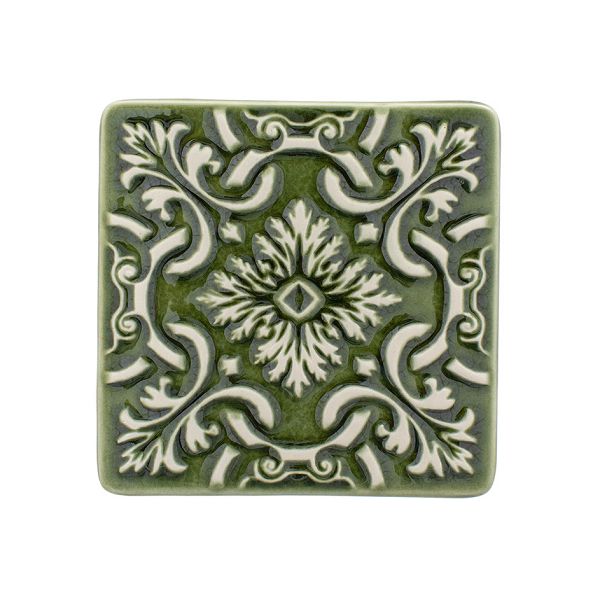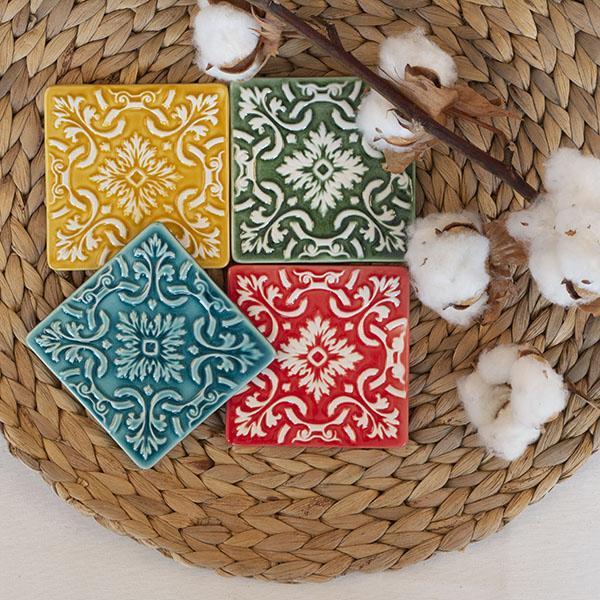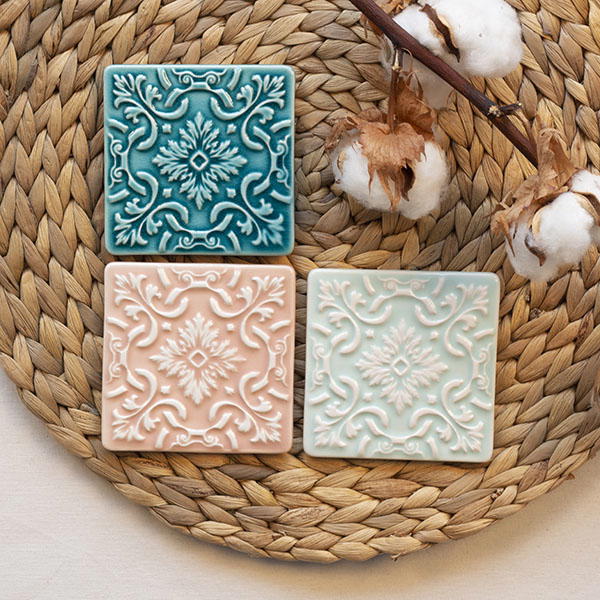The tradition of the grape harvest and Portuguese wine
Don’t be fooled if you think that grape harvesting is just a simple process. Each hand-picked grape tells the story of generations who have dedicated their lives to the art of making wine. From the moment the grapes are trodden in the lagares to ageing in oak barrels, Portuguese wine reflects the essence of a rich and passionate culture.
If you’re passionate about the subject, come with us to discover the legacy of the grape harvest in Portugal and explore the world of wine tourism, where the pleasure of tasting a glass of wine becomes an unforgettable experience.
Grape Harvest: an ancient tradition
In Portugal, harvesting grapes is synonymous with tradition and culture, where hand-picking is still done in many regions. In areas such as the Douro or the Alentejo, families and workers gather to pick the grapes, a practice that requires patience and dedication.
After harvesting, the grapes are taken to the press, where they are traditionally trodden with the feet, a method that dates back centuries. This ritual is not only efficient, preserves the authenticity of the process and creates a connection between those who tread the grapes and the wine that will be born from them. After fermentation, the wine is stored in wine casks or oak barrels, where it ages until it reaches its maximum quality.
This meticulous care doesn’t end with the ageing of the wine. When it comes to bottling, ensuring that the wine is well preserved, whether in barrels or bottles, is crucial to keeping the aromas intact. For those who appreciate detail, a Portuguese cork stopper, such as the ALICATOS wine stopper with a ceramic top inspired by the Arab tiles from the south of the Iberian Peninsula, or the AZULEJO wine stopper, inspired by Portuguese tiles, can be the perfect finishing touch to seal a special bottle.
Stopper
Home Accessories
Grape varieties and Portuguese wine
Our country, a small garden by the sea, is famous for its huge variety of indigenous grape varieties, which offer a range of unique wines. Each region has its own particularities, but among the most famous grape varieties are:
- Touriga Nacional: Present in many of the best Portuguese red wines, especially in the Douro and Dão;
- Arinto: A white grape variety that gives freshness and acidity, often used to produce vinho verde and sparkling wines;
- Alvarinho: The queen grape variety of the Vinho Verde region, known for its aromatic white wines;
- Trincadeira: Widely cultivated in the Alentejo, it produces complex and intense red wines;
- Baga: predominant in Bairrada, it is the basis of red and sparkling wines from this region.
Each grape variety brings specific characteristics to the wine, from the vibrant acidity to the robust body and floral and fruity aromas. And it is this diversity that makes Portuguese wine so special.
Likewise, this richness and creativity isn’t just limited to wine. In many Portuguese homes, you’ll find decorative elements that reflect the same passion for the land and its traditions.
At Companhia Atlântica, the fruit disheswith their bright colors and unique details, are a perfect example of the fusion of tradition and artwhich, like wine, are part of the Portuguese spirit.
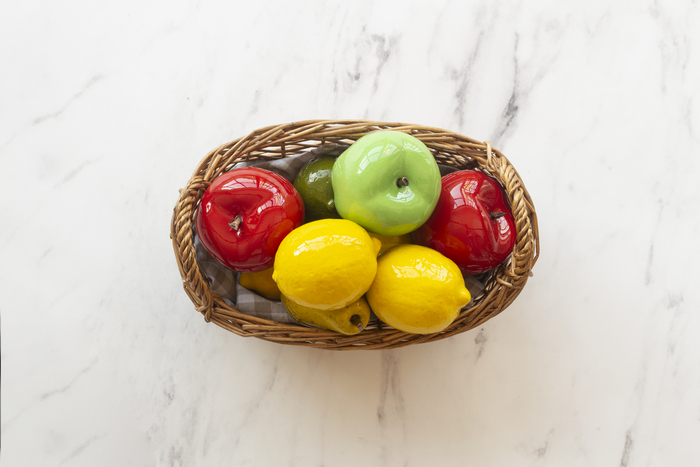
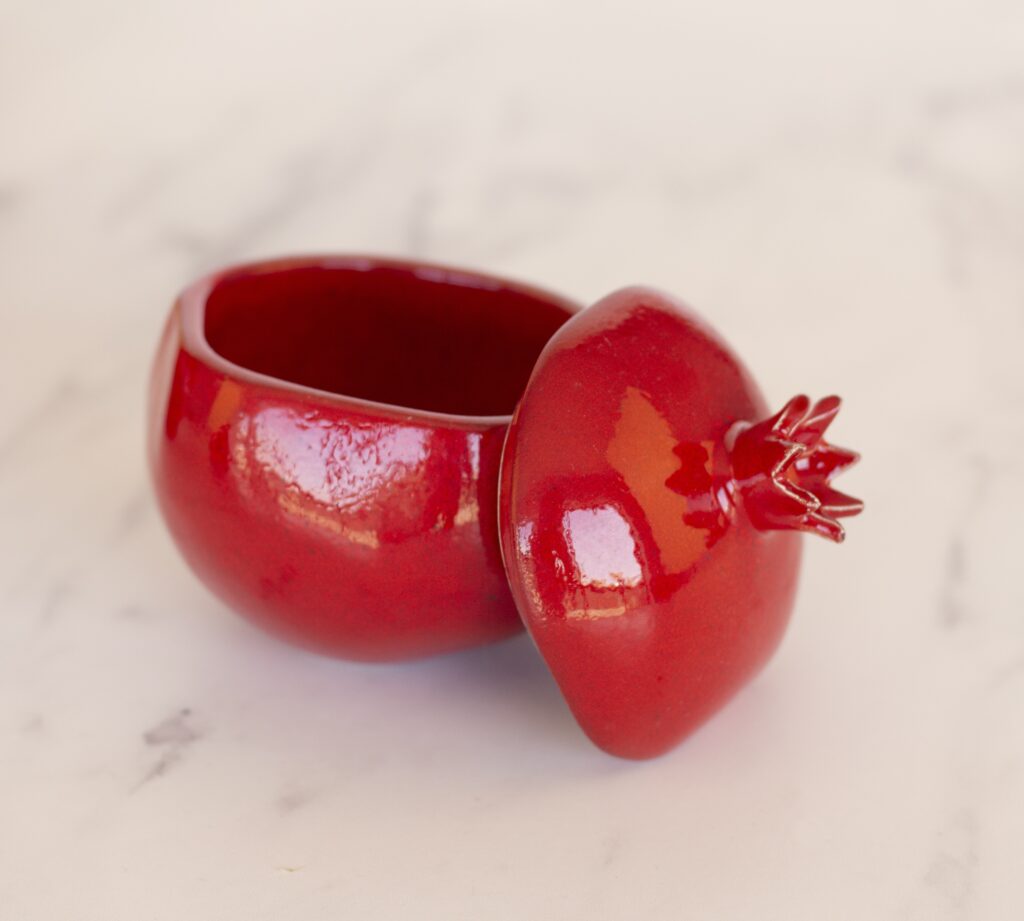
Do you know what Portugal’s most famous wine is?
If we talk about Portuguese wines, it’s impossible not to mention the world-famous Port wine. Originating in the Douro region, this fortified wine is renowned for its sweetness and rich aromas. The Port wine cellars, located in Vila Nova de Gaia, are an unmissable destination for those who want to taste the various categories of this iconic wine, from Ruby to Tawny and Vintage.
But the success of Portuguese wine is not limited to Porto. Wines such as Vinho Verde, with its lightness and freshness, and Vinho Alentejano, with its full-bodied reds, have also won over connoisseurs all over the world.
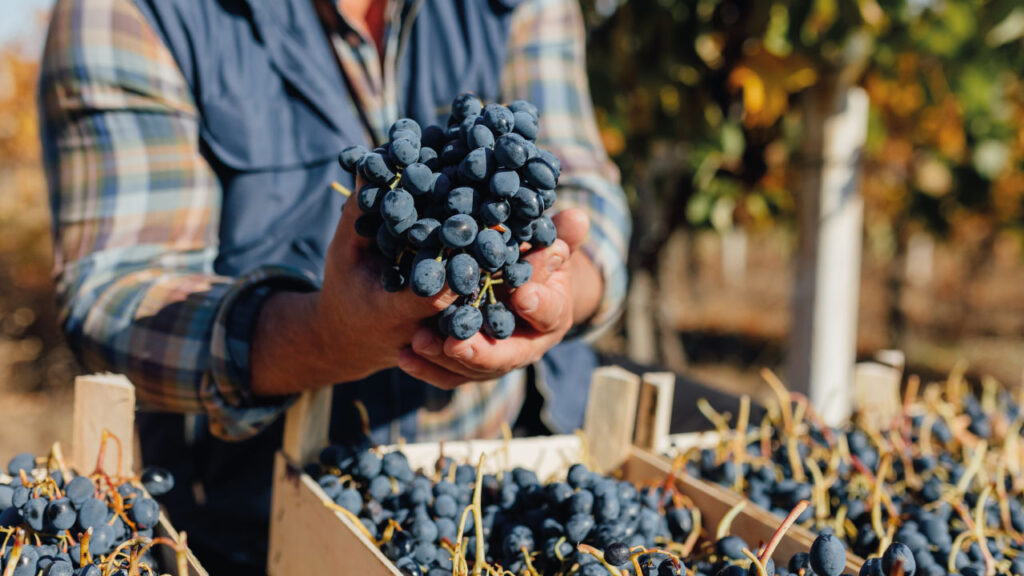
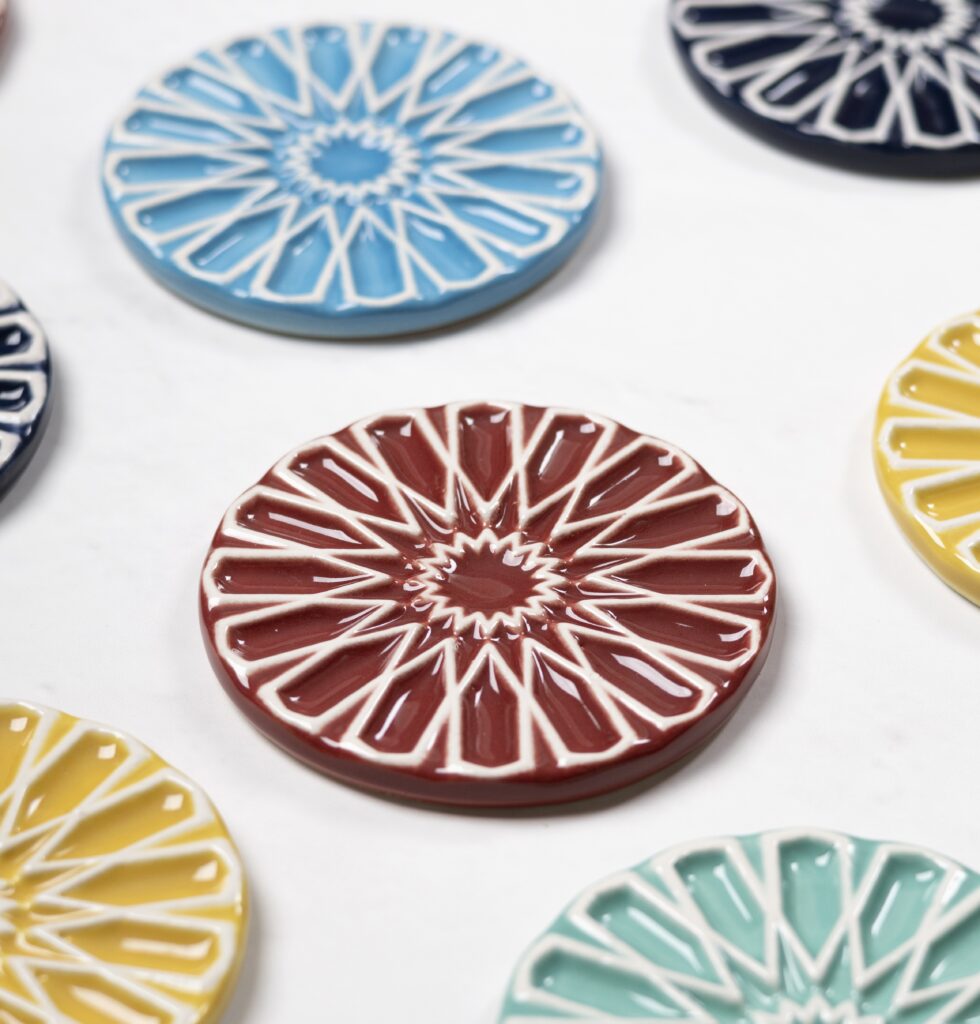
In addition to the tastings, there is the opportunity to live unique experiences, such as harvesting, treading grapes or even learning how to make red wine. Traditional wineries offer workshops on fermentation and decanting wine, and for the curious, there’s always an explanation on how to choose the best wine glass or even how to remove a wine stain.
Between the breathtaking landscapes of the vineyards in the Douro or Alentejo, and the guided tastings in the Port wine cellars, wine tourism is an incredible way to immerse yourself in the country’s rich wine culture. Whether you’re an experienced wine lover or someone who’s just starting to explore this universe, there’s always something new to discover.
And to make this experience even more memorable, presentation plays a key role. Details such as Companhia Atlântica coastershand-finished in reactive glaze, offer a subtle but elegant touch to accompany each glass of wine served, taking the experience to a new level.
Coasters
Coasters
Coasters
Wine is more than a drink – it’s an art, a tradition and a way of life. Seja nas vindimas no Douro, nos elegantes barris de carvalho ou nos momentos partilhados com um copo de vinho na mão, a história e a paixão pelo vinho continuam a ser celebradas de geração em geração. Tal como o vinho, as peças da Companhia Atlântica are true works of art that adorn every table with unique details. Come and see our collection of coasters and wine stoppers.

